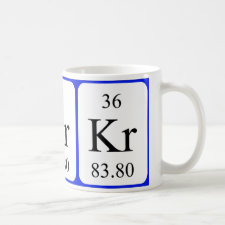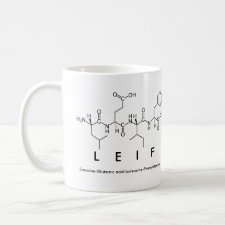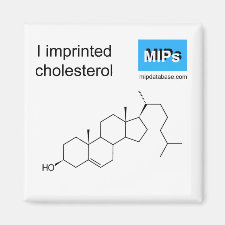
Authors: Isarankura-Na-Ayudhya C, Boonpangrak S, Prachayasittikul V, Bülow L, Ye L
Article Title: Construction of Molecularly Imprinted Polymers for Cholesterol by Semi-covalent Imprinting Approach and Nitroxide Mediated Radical Polymerization.
Publication date: 2005
Journal: Thammasat International Journal of Science and Technology
Volume: 10
Issue: (4)
Page numbers: 1-6.
Alternative URL: http://www.tijsat.tu.ac.th/issues/2005/no4/2005_V10_No4_1.PDF
Abstract: Molecularly imprinted polymers (MIPs) for cholesterol were successfully constructed using a combination of semi-covalent imprinting approach and nitroxide mediated radical polymerization. Cholesteryl (4-vinyl) phenyl carbonate was firstly synthesized and applied as a template-monomer adduct. Nitroxide initiator, 3-(4-butylphenol)- l, l'-dimethyl-3 -(2,2',6,6'-tetramethylpiperidinooxy) propyl cyanide, was synthesized and added to the reaction mixture to assist polymerization of the functional monomer (divinylbenzene; DVB) in the vicinity of the template molecule. Subsequent to polymerization, the cholesterol molecule was hydrolyzed from the polymer matrix by refluxing in lM NaOH and then neutralized with HCl. Binding capability of the MIP-H (hydrolyzed form) to cholesterol was assessed by radioligand binding analysis. Our results revealed that uptake of cholesterol into the binding cavity of the MIP-H was estimated to be up to 6 and 3 times higher than those of the unhydrolyzed form (MIPUH) and control polymer (NIP-H), respectively. All these findings have opened up a potential approach for a specific ligand recognition of biological macromolecules, which could constitute another promising trend of sensor development.
Template and target information: cholesterol, cholesteryl (4-vinyl) phenyl carbonate
Author keywords: molecular imprinting technique, molecularly imprinted polymer, cholesterol, nitroxide-mediated radical polymerization



Join the Society for Molecular Imprinting

New items RSS feed
Sign-up for e-mail updates:
Choose between receiving an occasional newsletter or more frequent e-mail alerts.
Click here to go to the sign-up page.
Is your name elemental or peptidic? Enter your name and find out by clicking either of the buttons below!
Other products you may like:
 MIPdatabase
MIPdatabase









